Hand-carving a chair in Cairo
Masterful, intricate, ornamental. This chair by Mirna ElTatawy is a love letter to Islamic art history.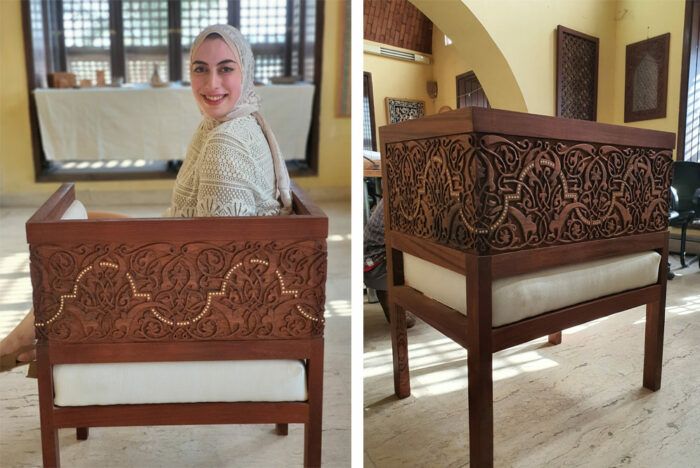
Jameel House of Traditional Arts is a traditional woodworking school in Cairo, Egypt, where they not only teach traditional methods of marquetry, carving, and furniture building, but they also teach ceramic work, brass, gypsum, and glass.
Mirna ElTatawy ميرنا التطاوى recently graduated from Jameel House. Mirna’s chair, pictured below, is an outstanding example of contemporary woodworking built from historic inspiration. I find it impossible to discuss furniture history without acknowledging that scholarship on the subject gets a little stuck in the 18th century. I recognize this can be attributed to record keeping, but this is also where I find the English language very limiting. Because if you want to discuss incredible historical woodworking, one cannot ignore art history within religious communities and the Islamic traditional arts.
I must stop here to write that “Islamic” is not exactly an accurate term, but this word choice still serves a purpose. The Islamic world consists of billions of people all over the globe and the word will never fully encompass such local diversity. Specifically, in this article, I want to acknowledge that the skill and aesthetics rooted in Egyptian tradition and Egyptian art and architecture have deep roots in Islamic inspiration.
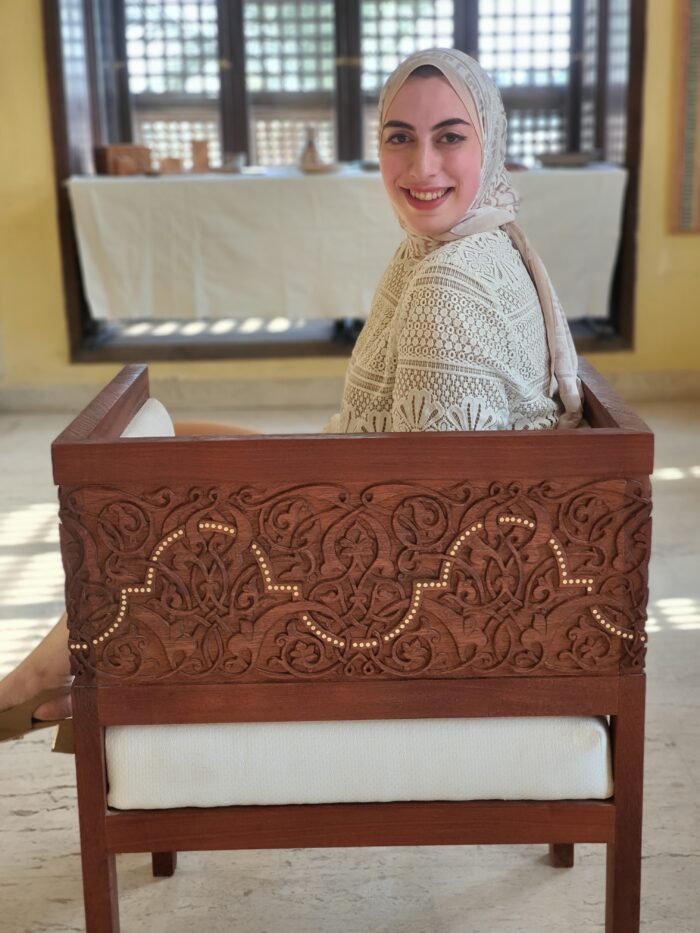
Mirna attended the Jameel House and graduated this year (2022). She completed a class in woodworking while studying political science and there discovered her passion. For her final graduating project at Jameel House, she created a show-stopping chair. Let’s talk about it.
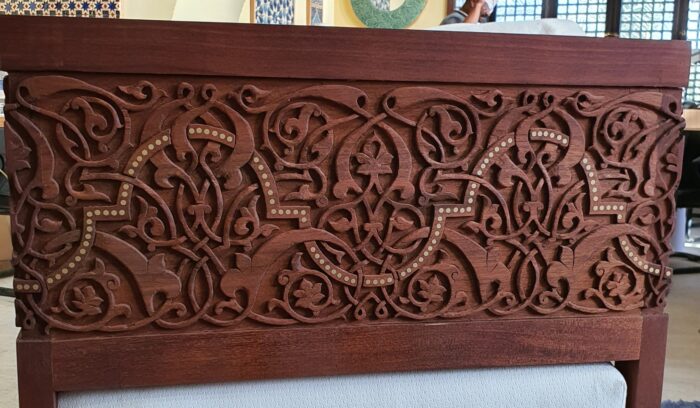
The chair shape is enclosed in a simple rectilinear form. That simplicity is needed to surround the unbelievable carving, a heavily floral design inspired by the Al-Qus mosque. The continuous carving wraps around each corner of the chair and is further emphasized with a clean ribbon of brass inlay. Mirna completed all the wood carving and inlay by hand.
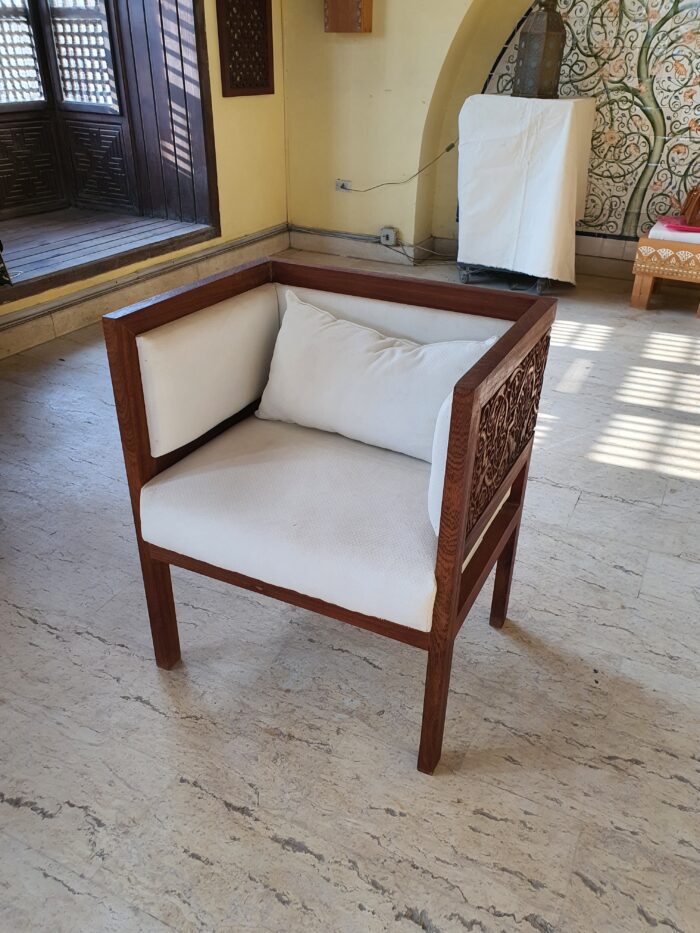
This chair took two months to finish and now sits in the Jameel House Gallery. Mirna built it out of mogana, a mahogany variety.
The chair is a masterpiece. It reflects a critical interpretation of ornament, where adornment is not only technically challenging and aesthetically pleasing, but also structurally integral to the form.
Islamic art has profoundly affected furniture history and craft. Take a set of 15th-century Minbar doors on display not in Cairo, but in England at the V&A museum. Or just take a glimpse at 17th-century Italian or Spanish marquetry designs. These forms are ubiquitous in much of woodworking, cabinetmaking, and architecture. They utilize multiple sets of complicated geometry. The decoration is not just for looks—instead, it is central to the entire structure.
There’s a movement in social media to deconstruct the mentality that “ornament” is sinful or superfluous. And nowhere in the universe does it better, in my opinion, than a mosque.
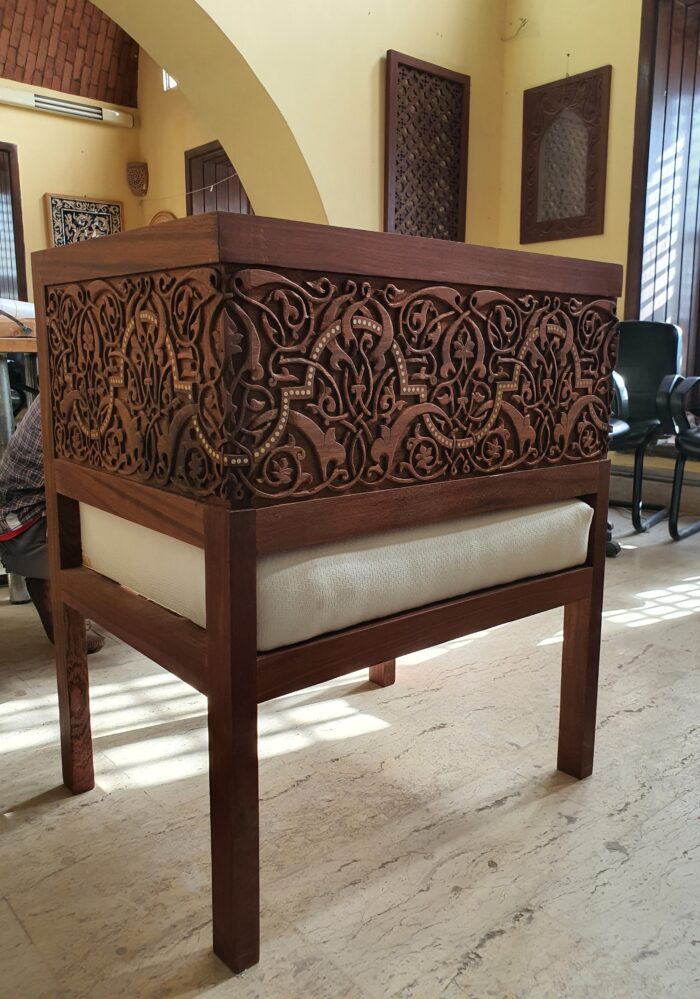
For more information about Mirna, find her @mirnaeltatawy_112 on Instagram.
Jameel House opened in 2009 in collaboration with the Prince’s School of Traditional Arts located in London, England. The school continues to partner with institutions around the globe to highlight traditional and contemporary art forms.
For an in-depth look at marquetry and inlay history, check out Inlay in the Mediterranean Basin, a collection of articles presented at a conference of the Association of Furniture Studies and the Museu del Disseny de Barcelona.
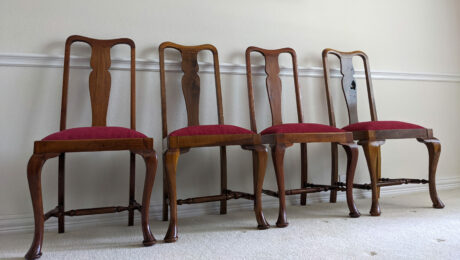 |
Unpacking furniture history |
 |
The incredible carvings of Zanzibar |
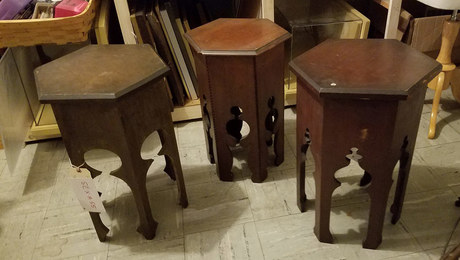 |
Moorish design |




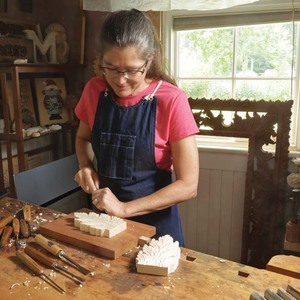
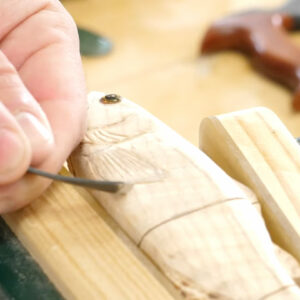
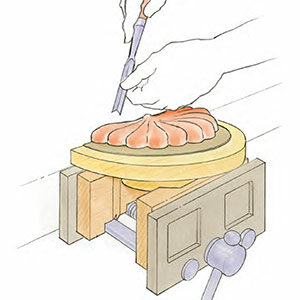






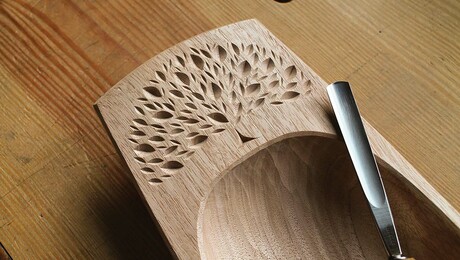








Comments
Yes please.
“Mirna completed all the wood carving and inlay by hand” wow!! I thought these were CNC-ed. incredible work here.
Shout out to Fine Woodworking editors btw – super cool to see articles like these surface more talent from around the world. I really want to see more work like this. Thank you!
Log in or create an account to post a comment.
Sign up Log in